- Home
- Getting Started
- Planning Phase
How to Start a Story
When Lucy approached her father, Frank, with a question about how to start a story, it would be easy to minimize how much she had already put into the request. It is true. One could make the argument she barely opened the door of Conceptualization with only the first step of Inspiration, but that would hardly do that step justice. The most difficult step in learning how to write a story to teach anyone is the inspiration behind it. In fact, without a little inspiration to get started, writing stories is not likely going to happen at all.
Lucy was young and unsure what to do with her passion and with her story. But she was a lot like you. While she may not have known exactly what to do to move on to the next step of the process, she knew she didn’t have to tackle it alone! She and Frank put their story-writing super-powers together, and PhranqenLu stepped onto the stage to get the job done, and to help you in your journey, as well! Where one’s mind ends and the other’s begins is anyone’s guess, but they are in it together, and they are in it for you!
Depending on the scope of the work you are taking on when learning how to start a story, Conceptualization may not be finished before starting the Planning phase (heck, it may never be completely finished!). Planning the backdrop of the story will have long-lasting effects on the story, the timeline, the characters, and the overall development of the world. It cannot be overstated how important taking the time to develop the Planning phase is.
Deciding how to start a story will not be completely fleshed out simply by brainstorming (found in Conceptualization). A lot goes into the Planning phase.
Conceptualization:
· Inspiration
· Research
Planning:
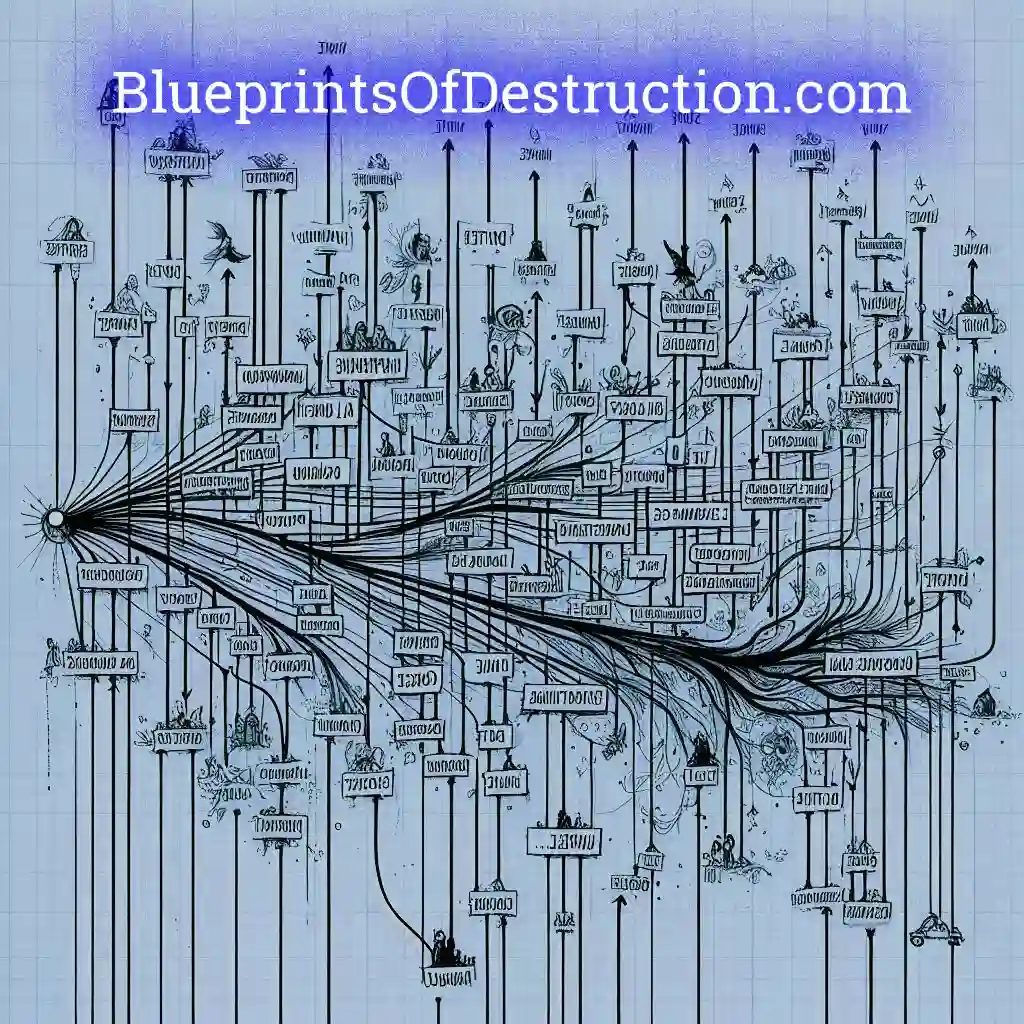
· Outline – This is a roadmap of the story. Creating a timeline of events can help to determine what is happening at any given time and can help in determining how the story is going to be told, whether that be chronologically or out of order. An outline can include key plot points, specific background settings for events, and thematic elements at critical moments. It is the best place to start planning when you are trying to figure out how to start a story.
· World-Building – World-Building can be one of the most important aspects of planning a story, especially if it is a fantasy or sci-fi setting. Of course, even a current, real-world experience must be established. But let’s be honest, there is nothing more infuriating than a convenient deviation from what should be an established set of parameters that everyone has grown to love and expect.
Take for example a fantasy story where there is a select group of characters who are able to tap into a strange and powerful, supernatural force, where everyone is bound by consistent limitations, only to have the protagonist suddenly be able to do some unexpected, unexplained, and never-again-mentioned supernatural feat. Even in a fantasy setting, such inconsistencies should not be present. It can disconnect the reader from the feeling of “believability.”
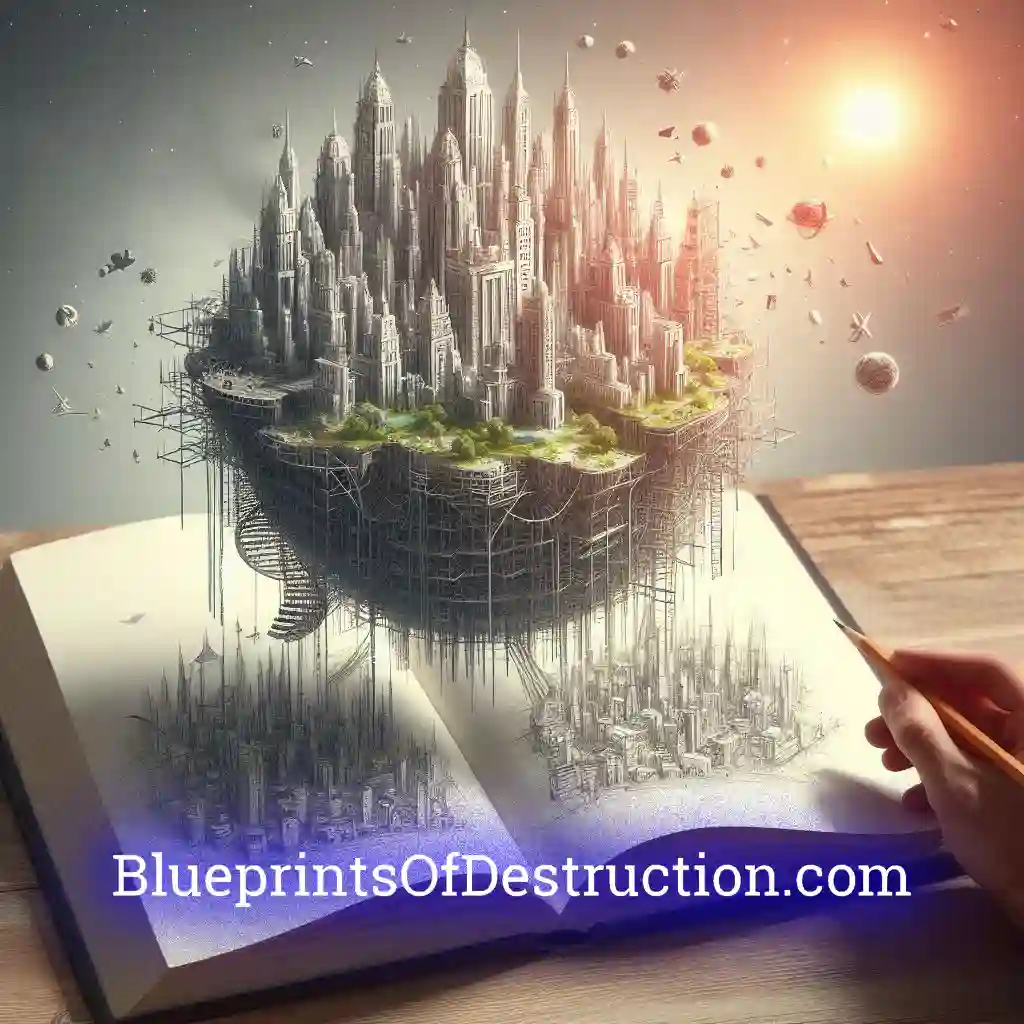
How to start a story by World-Building
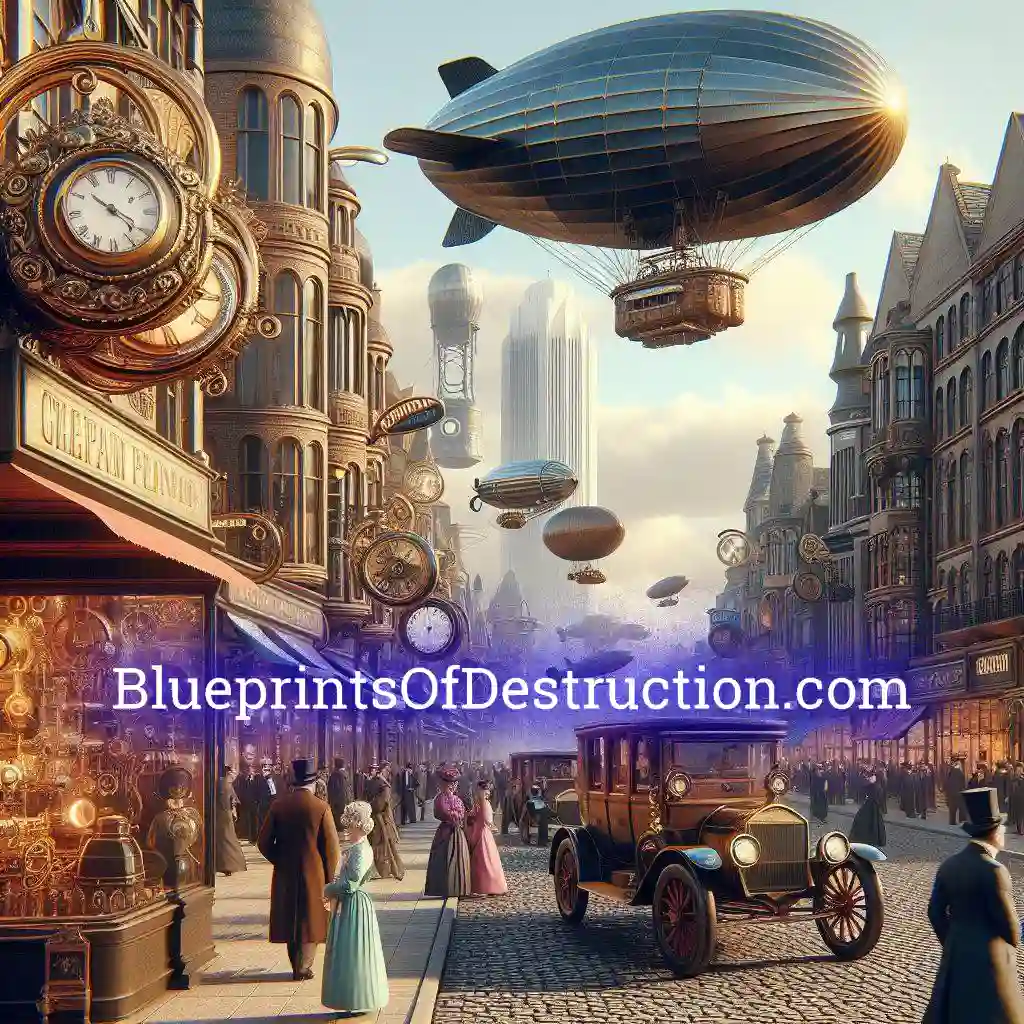
Establish some basics – Before you get too far into who the characters are, or what they are doing, it is critical to have the stage set. You may have a clear historical timeframe in mind as you unfold the story, but your audience cannot read your mind. In addition to that, if your story is set in a general era, but with distinctions, the familiarity of the era may confuse the reader. Perhaps your story takes place in a Steampunk version of the 1930s. Make sure you spell that out to your audience.
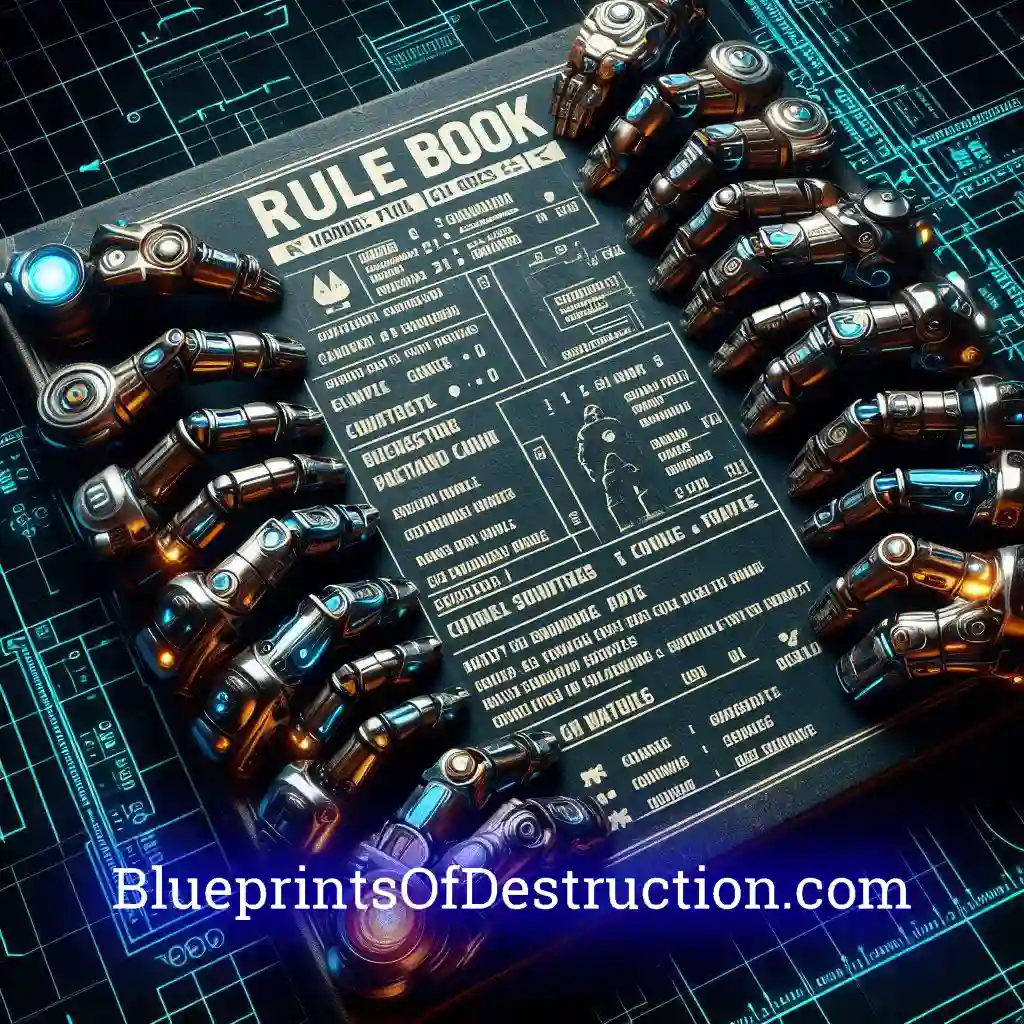
Define the rules – Once you have a good idea of when and where your story unfolds, you need to make some decisions. It is not as important whether you have magic, the supernatural, or whether technology rules the day. What is going to make the biggest difference is that your chosen elements remain true to the storyline, and their own set of governing rules. You don’t want your protagonist to struggle to cross a fifty-meter chasm in chapter two, only to reveal she can fly in chapter five (unless that is intentionally part of a character arc you have outlined).
Create a timeline – Don’t confuse this with developing an outline (see the first step of Planning above [add link and remove this note]). The outline is going to be specific to this story (We can take some time elsewhere to talk about additional outlines for other areas of storytelling which extend beyond the scope of the immediate story), while the timeline is going to, at the very least, give historical context to what leads up to his moment, if not some additional future context about where this story may need to go. Past events are likely contributors to why your story is moving in the direction it is, and why certain characters respond to those events the way they do.
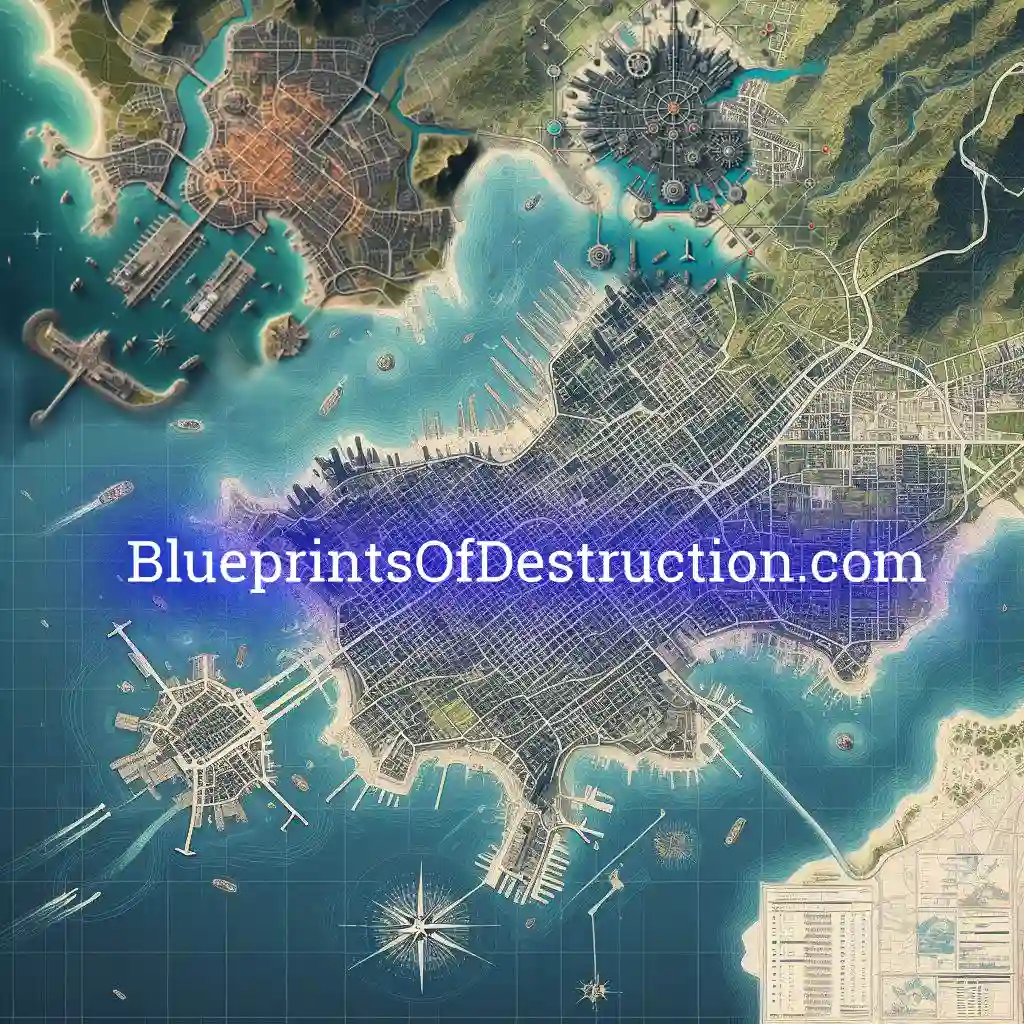
Map out the setting – In the initial steps of how to start a story, mapping out the setting is not required; it is not an absolute must. But go ahead and sketch out a map of the world or region where your story takes place. You don’t have to be an artist like John Constable to get an idea of key locations, or where land, water, or cities are located. Having said that, it can really help you visualize where geographic features lie, where natural resources or obstacles are in relation to the key locations, or where the path on which the story unfolds runs. Simply knowing how far the antagonist must travel to attack the hero will keep times and efforts consistent. No one likes a story where the major objective that must be overcome consumes the entire first act of the story, only to have everyone travel back the way they came with a single sentence.
Develop culture and society – As you peel back the layers of the how the stage is set for your story, you are going to inevitably find yourself plugging in specific events and characters you already have an idea about into certain positions. Make sure to populate this blossoming landscape with a variety of cultures, societal aspects, and norms. Consider cultural habits and practices, holidays, languages, cuisine, societies, and factions. What are the customs of the regions, the values of the general population (and be thinking about how each of your characters may be affected by them), and what religions are present, if any? What kind of laws are in place and how do social hierarchies operate? Be willing to dig in and ask yourself questions that make you uncomfortable. Your readers are likely going to be asking themselves questions about some of what is going on backstage, and it is always best if you beat them to the punch.
Build to the structure by expanding on the day to day – By describing the humdrum of the daily routine, you can help articulate occupations, how certain characters interact with their world, and what is readily accepted as the social and cultural norms. By describing what is business-as-usual, you will allow your reader to settle in and be captivated when things take an unexpected turn. But if your reader doesn’t know what he or she should be expecting, they won’t have any idea when the story deviates.

Decide on magic or technology – It is just as important to decide whether magic, the supernatural, or technology play a part in your story, as it is to determine limitations, sources, natural resources, consequences, and societal implications or stigmas which may relate to them. As mentioned earlier, the importance of consistency in this area cannot be overstated. One foul-up can ruin an entire epic adventure. Don’t be that author who jarringly tears his or her readers out of the story’s immersion because of a blatant violation of the physics, principles, and limitations which have otherwise been stable and consistent. The reader may not be able to settle back in, especially if the violation was a convenient way for a major obstacle to be overcome. Your readers will know you are willing to fall back on lazy writing for the sake of convenience, and they will often stop taking the storytelling seriously, causing them to lose interest in the ongoing tale.
When deciding how to start a story, from the very onset it is a great idea to have specific sets of criteria and parameters within which to operate. It cannot be reiterated too often; you must be consistently consistent. Set a reminder if you must, but be sure to stop from time to time as you build your world to review your elements and processes for consistency and coherence. Contradictions can kill an otherwise fantastic story. Inconsistencies, or merely one big blunder if it is egregious enough, can disrupt immersion and push your readers away.
Seek feedback and criticism – Be willing to invite others to look at your elements. Don’t simply ask for feedback, but also be open to criticism. Your readers are going to be critiquing you, whether they feel the ability to share it or not. It is better to gather the honest opinion of those willing to share it with you, so you know what might need to be adjusted or changed. What a shame it would be to never hear from those who will silently leave you alone and wander away from a great story, but which may need a few tweaks to make it workable.

Refine and repeat (wash, rinse, and repeat) – Take whatever feedback you get to dig deeper, refine, adjust, and expand upon the world-building. Others will see things you assume they know, but forgot to share, giving you the opportunity to create a clearer picture for your audience. They will give you the chance to fill in gaps, clarify confusing aspects and elements, address inconsistencies, and adjust or add to areas needing further development. They may even inspire new directions or ideas, and could even affect the decisions you make in how to start a story. Let others love your work enough to help you, and don’t take anything they point out as a personal attack. You don’t have to take every recommendation as a requirement to make a change, but do yourself the favor of at least approaching each of them with an open mind and a willingness to consider why the recommendation is being made.
· Character Profiles (click to see) - Don't get nervous, but cracking the top on character profiles is an entire can of worms!
· Research - Research is not just for Conceptualizing. You may find more research is needed during the Planning Phase than you did during the Conceptualization Phase. Get used to it. Research never goes away.
Writing
· Drafting
· Revision
· Editing
· Research
Story Elements
· Plot
· Characterization
· Setting
· Theme
· Point of View
· Conflict
· Dialogue
· Description
· Tone
· Style
· Research
Crafting the Narrative
· Point of View
· Voice
· Dialogue
· Description
· Research
Revision and Feedback
· Self-Editing
· Peer Review
· Professional Editing
· Research
Finalization
· Title Selection
· Formatting
· Proofreading
Publication
· Querying Agents or Publishers
· Self-Publishing
· Marketing
· Promoting
· Research
Post-Publication
· Engagement
· Continued Writing
· Reflection
· Research